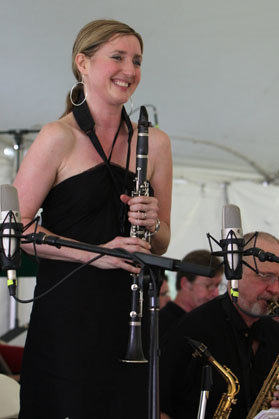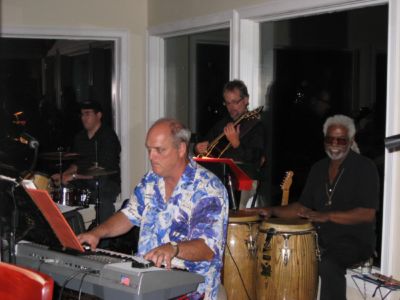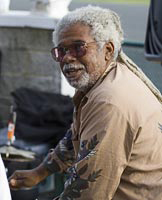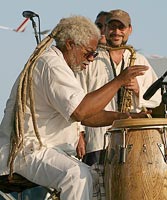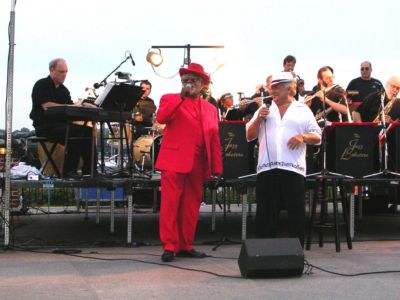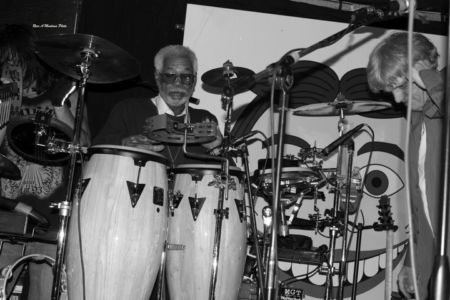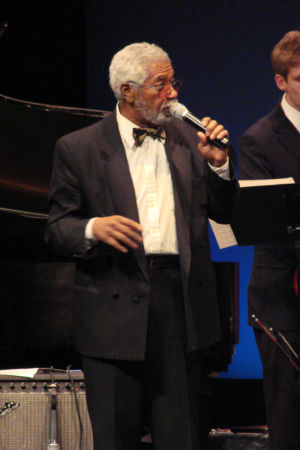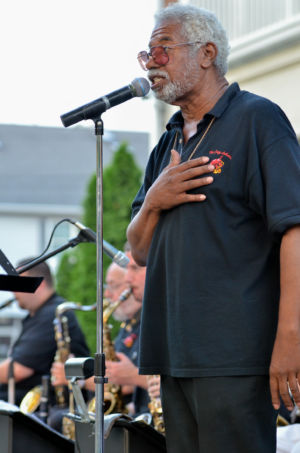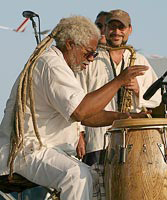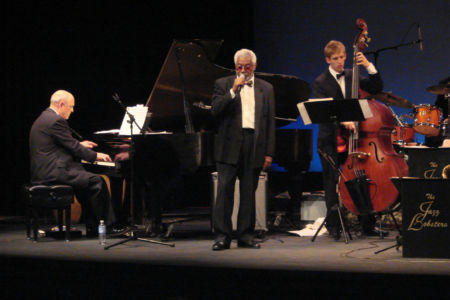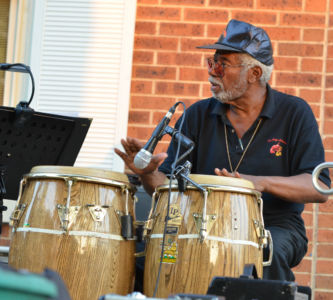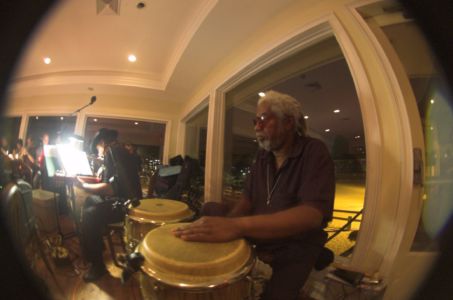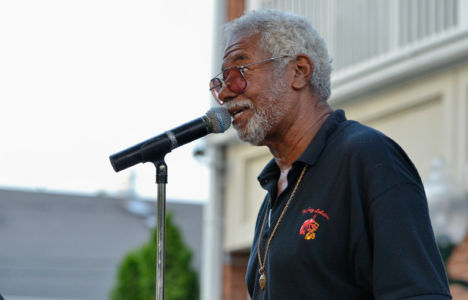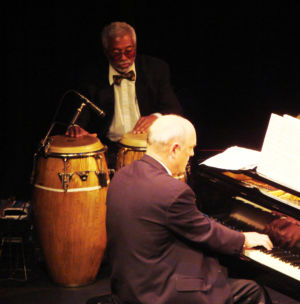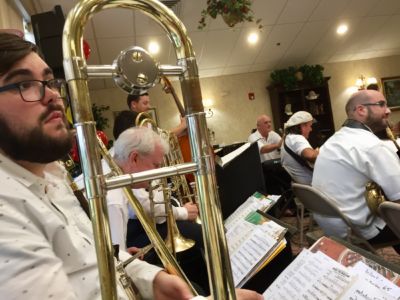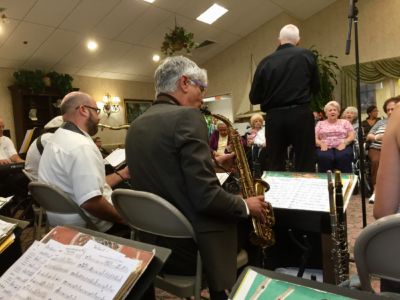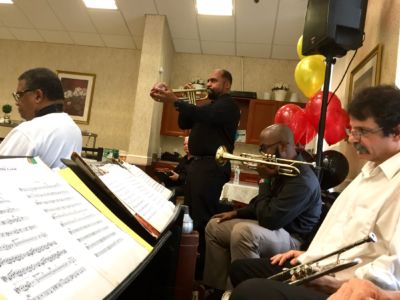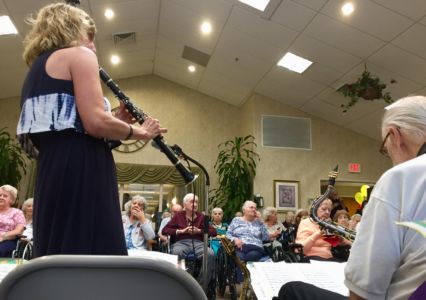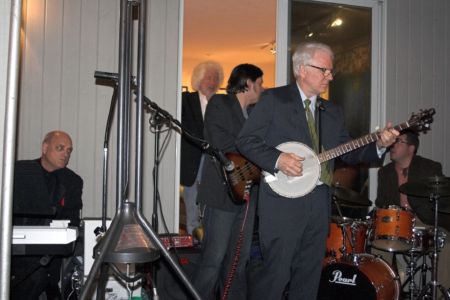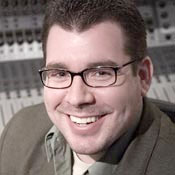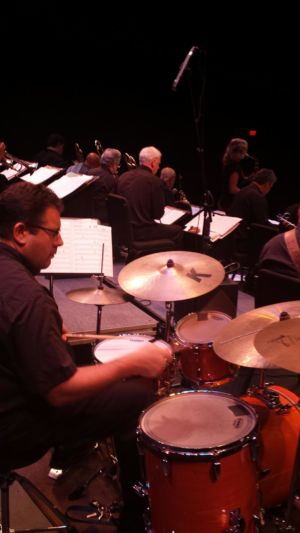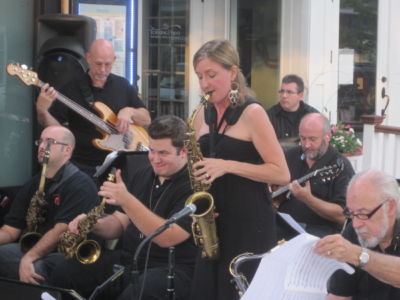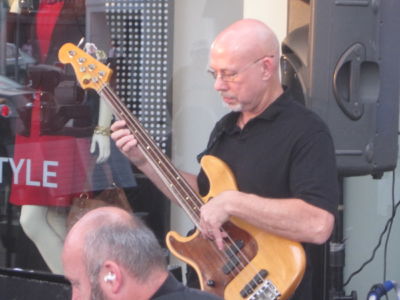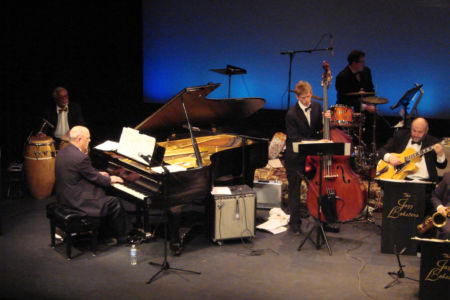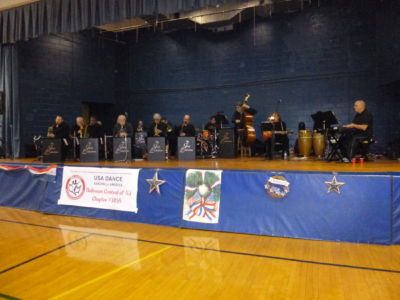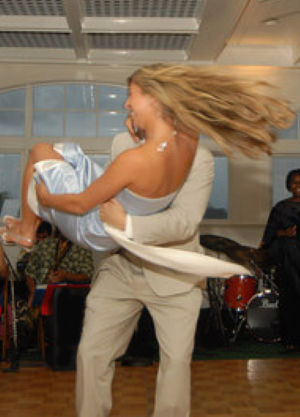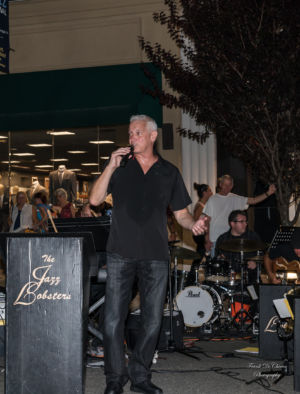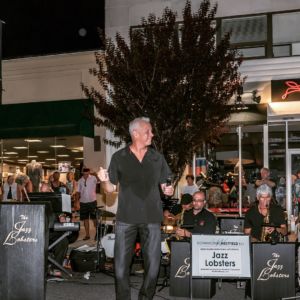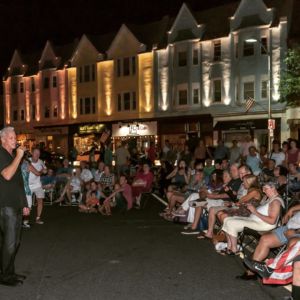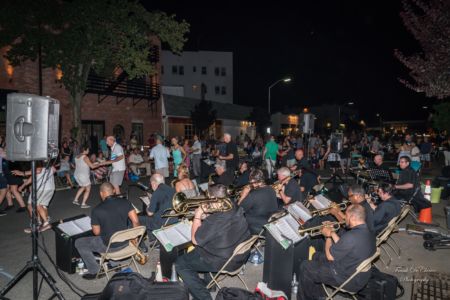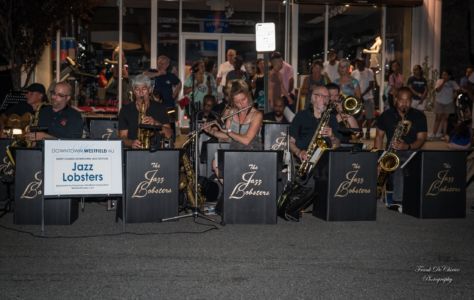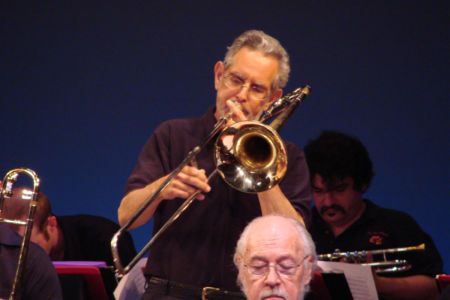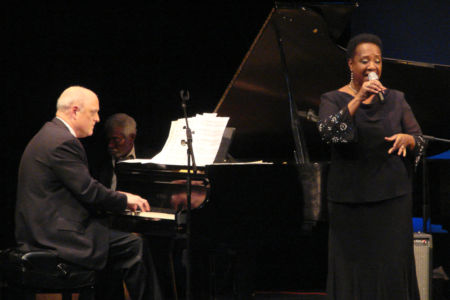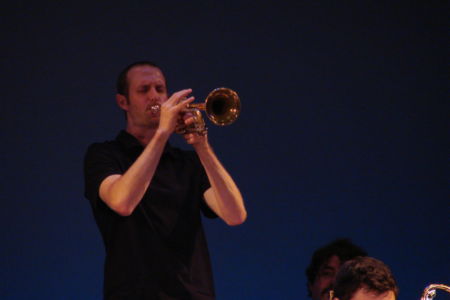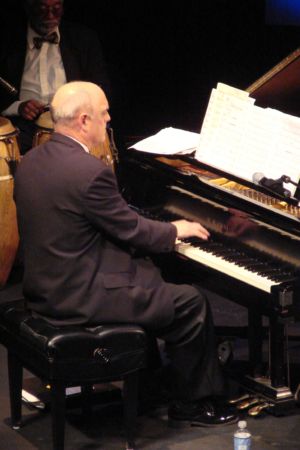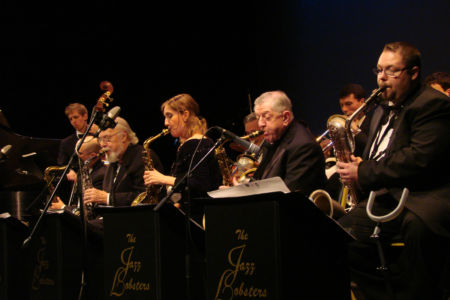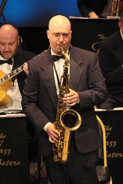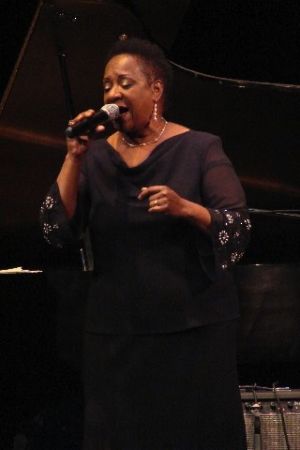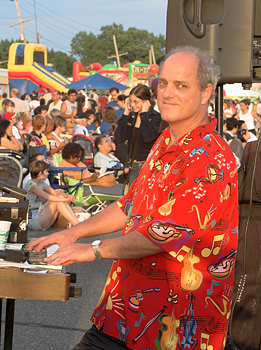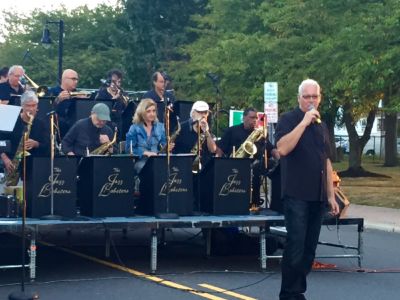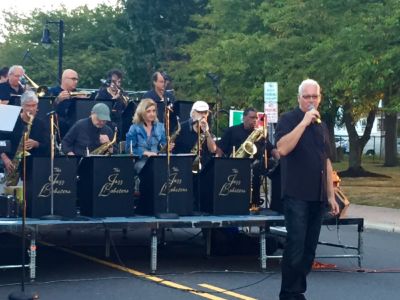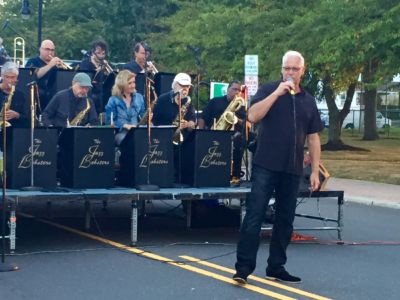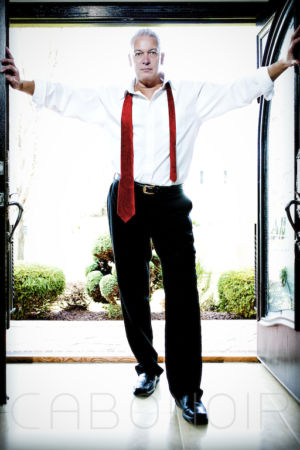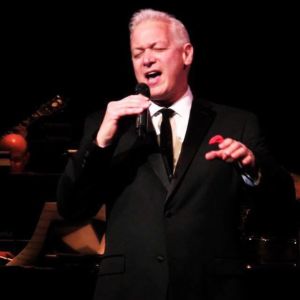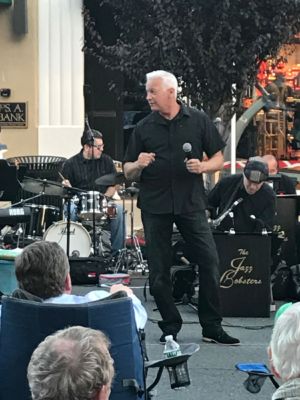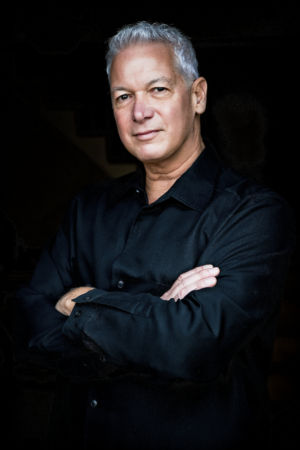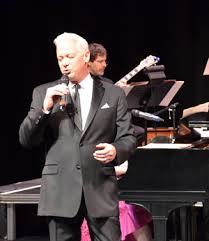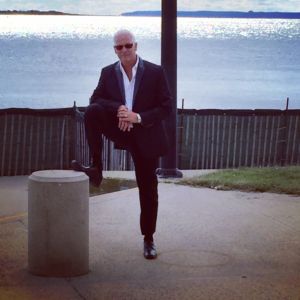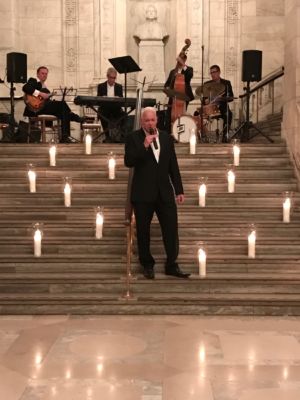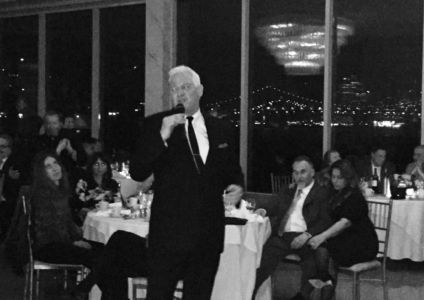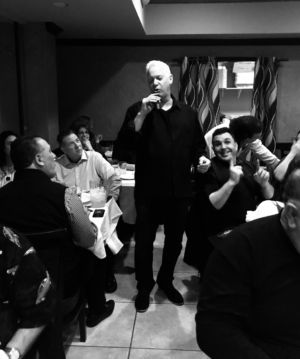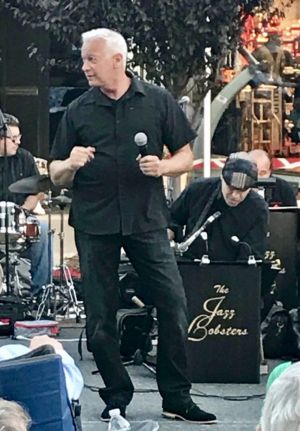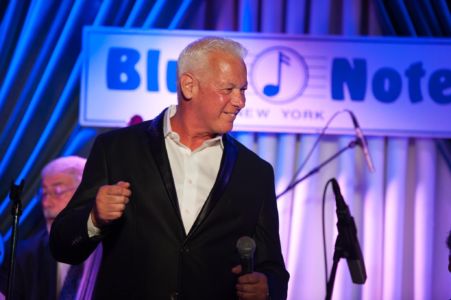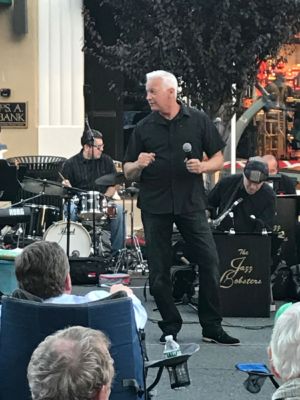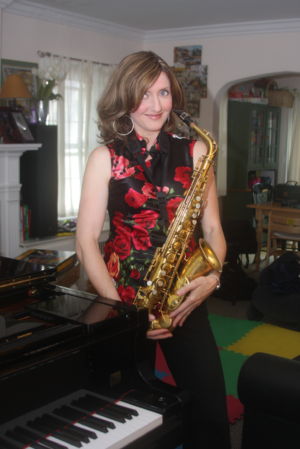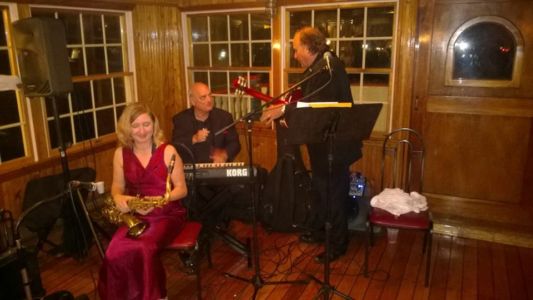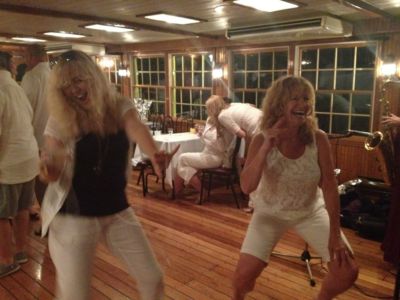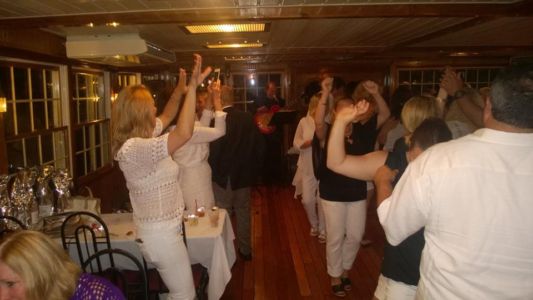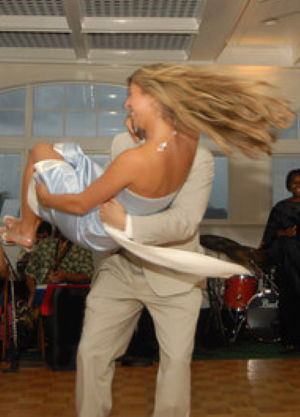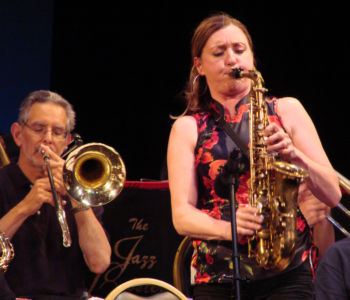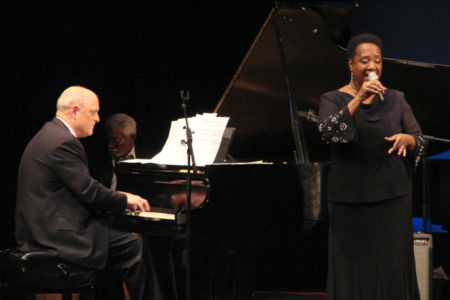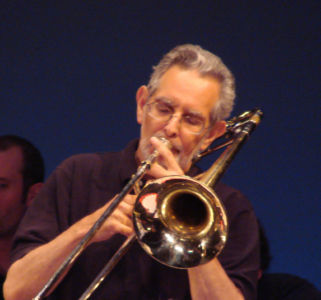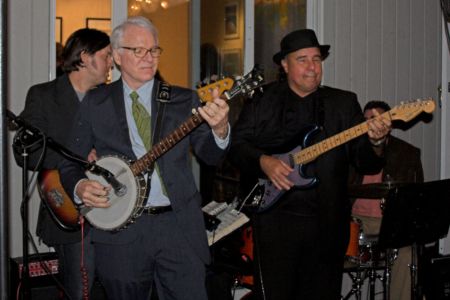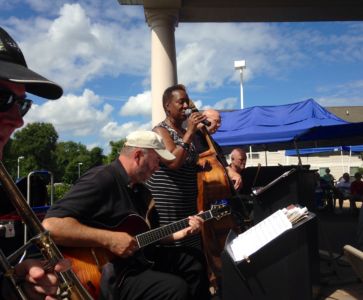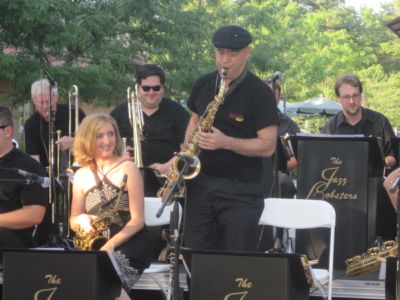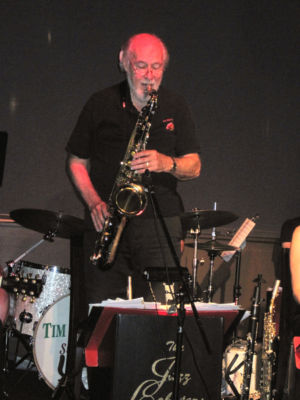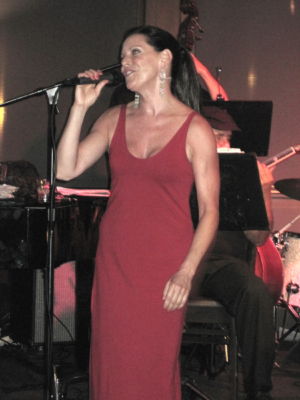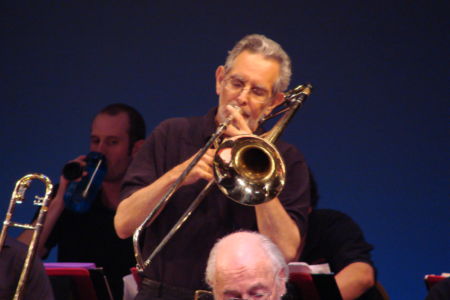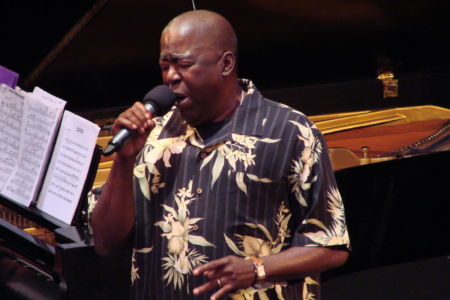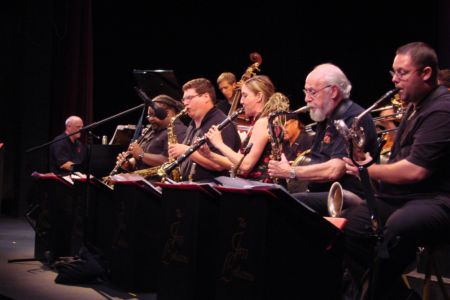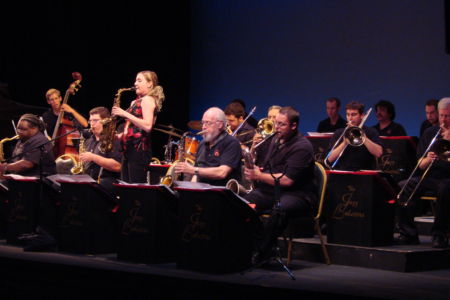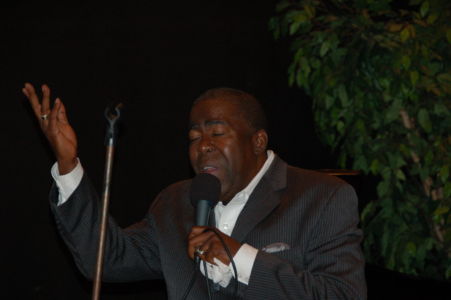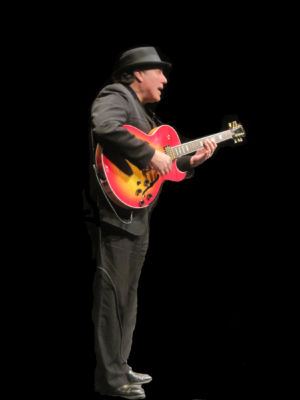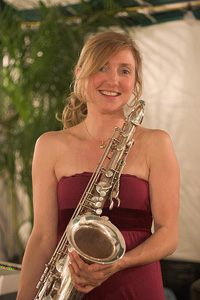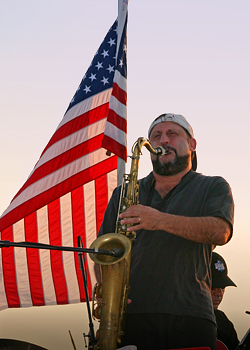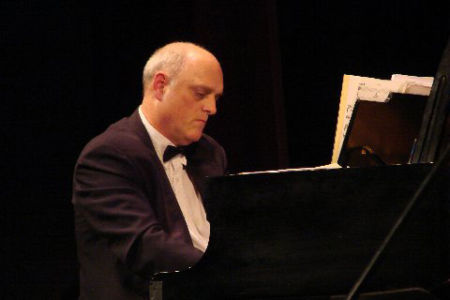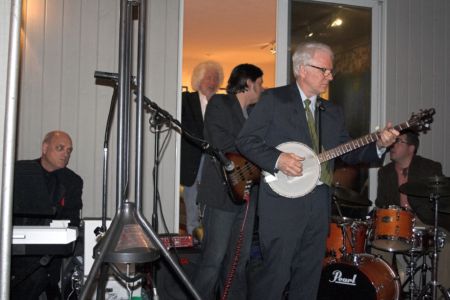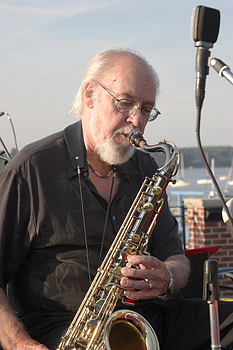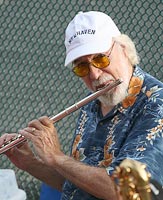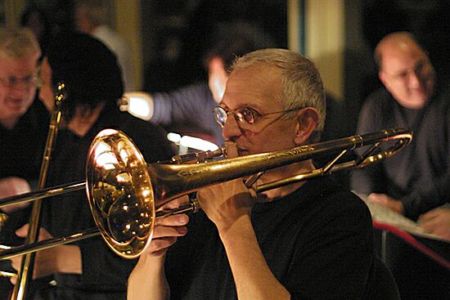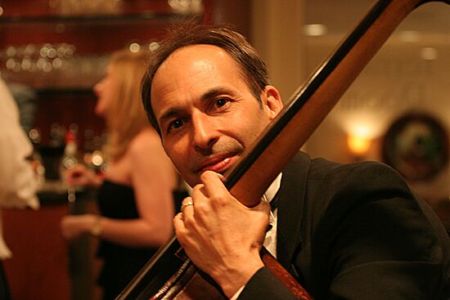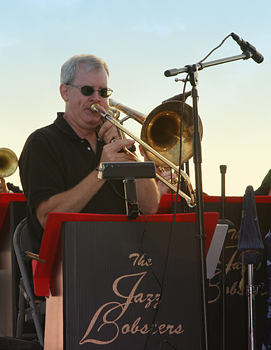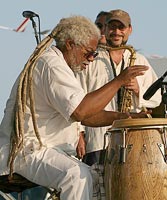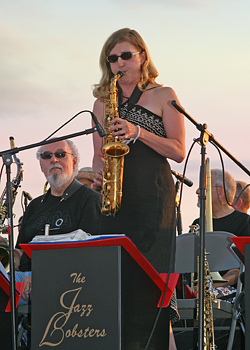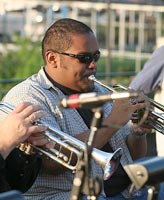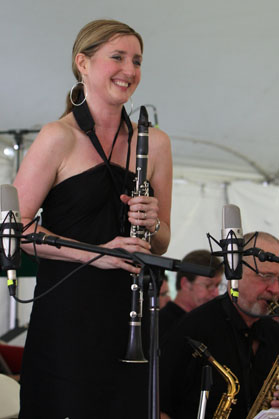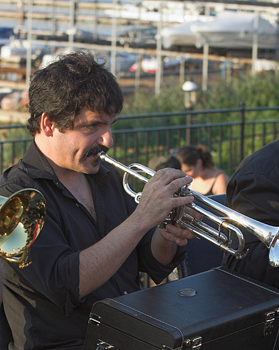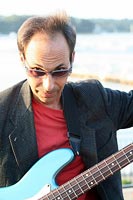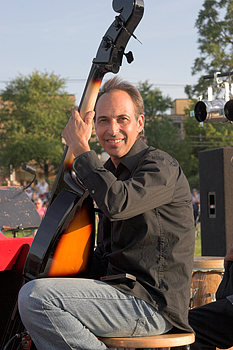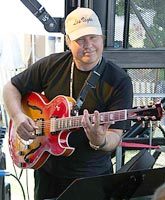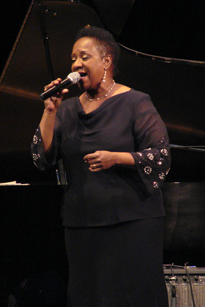ndy test intro
Introduction
Who among us wants to age successfully? The answer is we all do! Not Dead Yet uniquely addresses this matter by capturing the experiences and reflections of 18 men and women ranging in age from 77 to 89 who are, by all measures, aging successfully. The two principal authors are among the 18 and are themselves 80 years of age.
Books on aging are usually focused on studies or personal accounts of a single author – and almost always deal primarily if not entirely with illness, infirmities and/or dying. Our book is life-affirming – we offer tips for exuberant enjoyment of this splendid, if challenging stage of life. Aging has an unfortunate reputation! Despite all manner of natural declines, the later years can offer extraordinary opportunities. The nature of such advantages and the myriad ways that a collection of exceptional seniors have overcome obstacles are qualites that render Not Dead Yet a compelling read.
From the seemingly mundane yet important mindset of buoyant optimism to the varied and detailed strategies for staying relevant in a fast-paced world, Not Dead Yet keeps it real, practical and always interesting.
The significant challenge of identifying willing and able senior athletes capable of telling their stories was made possible in no small part by assistance from the U.S. Triathlon Association (USAT). USAT supported the authors with the identification and recruiting process. Eighteen world champions agreed to be part of Not Dead Yet, and most were enthusiastic participants eager to share their insights about this fascinating subject of successful aging. (A few were difficult old codgers from whom gathering personal, revelatory insights was akin to extracting wisdom teeth without proper equipment or the benefit of dental school, but in the end it was well worth the travails involved, at least to the editors if not the reluctant champions).
Not Dead Yet is not intended as a treatise on living longer, stronger and with ageless beauty and mental acuity while collecting triathlon titles, fame and fortune. The literature abounds with pulp ads and scientific speculations on that sort of wishful thinking and bunko artistry. While many who know the 18 subjects depicted in this book would surely attest to the idea that our champions are in fact living longer, stronger and with considerable acuity and at least a modicum of attractiveness, these are not promises associated with Not Dead Yet. This book offers no such guarantees, sure-thing warrants, pledges or formulas for longevity, strength, mental wizardry or beauty exercises, or even New Age affirmations for any of these things.
What Not Dead Yet does offer, besides terrific stories about the lives of eighteen senior men and women who reached world championship status in the demanding multi-sport discipline of triathlon, is a resource of ideas for old and young for dealing with life. Not ideas in a ten-step format, not blueprints or other formats for all to follow, but stories about dealing with changes we should expect in later life. With awareness, we are more likely to be better able to face and deal with changes with aging.
All the champions profiled have had crises, setbacks and disappointments, and all have experienced epiphanies, dealt with frailties and found ways to manage losses. Their stories not only inspire – they provide case studies that offer readers a way to glimpse possibilities for administering and governing their own unique circumstances and challenges.
Each senior athlete profiled has, in her or his personal way, developed the resilience to mitigate the costs of growing older while maximizing opportunities that society enables during our later years. While nurture cannot change nature, it can modify its effects. Genetic factors are indeed critical, but so too is our sense of purposefulness. The latter can, to some degree, override or beneficially orient our inherited set points.
Nobel laureates, FDA commissioners and honored researchers and experts from varied disciplines have shown that we can slow the aging process. The evidence, cited in Not Dead Yet, goes beyond that; Not Dead Yet contains update summaries of recent findings related to personal strategies and medical interventions for arresting or reversing adverse aging processes. (The book includes a section on current research related to these matters, including discussions of telomeres, environmental factors and advances in preventing and treating metabolic diseases of degeneration – heart disease, diabetes, cancer, immune disorder, Alzheimer’ disease and arthritis).
The idea for Not Dead Yet came into being in the early months of 2018. After a period of deliberation and discussion with USAT, the concept was set in motion with the enlistment of 18 world champions 75 and over. Most continue to compete at the national and world level; a few have had to retire from the sport and one died while cycling, training for an upcoming race. Being fit, living wisely with lifestyles designed for the maintenance of high quality living only takes us so far. We are all mortal – and a lesson advanced in this work is one familiar to the wise – enjoy every day. Be mindful of your good fortune and do as much as you can manage to extend what time you have on this good Earth. As Ingersoll advised, the highest possible philosophy is to enjoy today, not regretting yesterday, not fearing tomorrow.
Not Dead Yet will surely make that clear and help you live accordingly.



